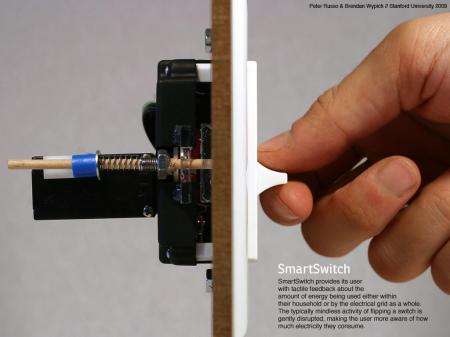On page 37:
Making Saving for Retirement Easier as the Economy Recovers.
Over the long-term families need personal savings, in addition to Social Security, to prepare for retirement and to fall back on during tough economic times like these. However, 75 million working Americans—roughly half the workforce—currently lack access to employer-based retirement plans. In addition, the existing incentives to save for retirement are weak or non-existent for the majority of middle and low-income households. The President’s 2010 Budget lays the groundwork for the future establishment of a system of automatic workplace pensions, on top of and clearly outside Social Security, that is expected to dramatically increase both the number of Americans who save for retirement and the overall amount of personal savings for individuals. Research has shown that the key to saving is to make it automatic and simple. Under this proposal, employees will be automatically enrolled in workplace pension plans—and will be allowed to opt out if they choose. Employers who do not currently offer a retirement plan will be required to enroll their employees in a direct-deposit IRA account that is compatible with existing direct-deposit payroll systems. The result will be that workers will be automatically enrolled in some form of savings vehicle when they go to work—making it easy for them to save while also allowing them to opt out if their family or individual circumstances make it particularly difficult or unwise to save. Experts estimate that this program will dramatically increase the savings participation rate for low and middle-income workers to around 80 percent.
The idea draws praise from bloggers at both Heritage and the Nation. The trend of companies offering automatic enrollment is slowing. Strangely, more than half of them say they aren’t adding automatic enrollment because of the increased costs of an employer match. Strange, since the two can be uncoupled easily.


 Lorenz, a graduate of the University of Michigan and an MBA student at Loyola University in Chicago, volunteers as a Make-A-Wish Foundation Wish Granter, English as a Second Language tutor, and as a Deputy Registrar for the State of Illinois. She helped raise over $30,000 for the Chicago non-profit Christopher House, and regularly speaks to high school students about the importance of community activism.
Lorenz, a graduate of the University of Michigan and an MBA student at Loyola University in Chicago, volunteers as a Make-A-Wish Foundation Wish Granter, English as a Second Language tutor, and as a Deputy Registrar for the State of Illinois. She helped raise over $30,000 for the Chicago non-profit Christopher House, and regularly speaks to high school students about the importance of community activism.